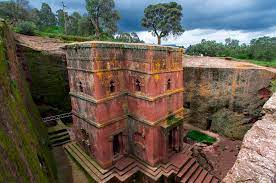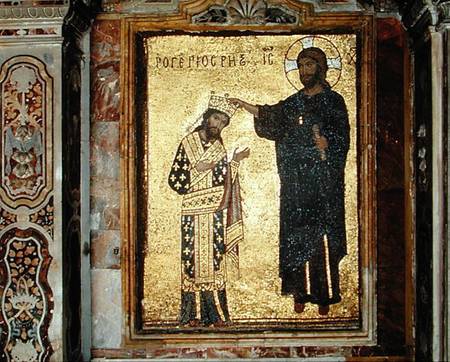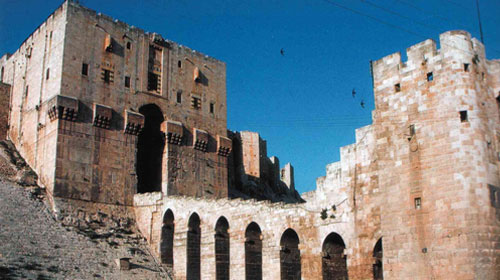 |
| Mamluk going to war, from a 14th century History of the Tatars |
When they began exactly is still up for debate. Certainly the Abbasids in Baghdad had a military caste, believed to have been bought as slaves from foreign tribes. They became the largest part of the military by the end of the 9th century. By "owning" the military, a ruler was free from the fear that a powerful political family might have control of the military and therefore threaten the throne. (Western Europe often relied on mercenaries for the same reason, as in the case of John Hawkwood.)
Saladin had dealings with Mamluks. While trying to consolidate his rule against the encroaching Crusaders, he encountered a Mamluk leader named Surhak who had taken control of the strategic town of Harim. He offered Surhak a different city in exchange for Harim. Surhak held out for more, angering his own followers, who cast him out and into Saladin's hands. Later, Saladin rewarded a Mamluk who had helped Saladin escape assassination, by giving the Mamluk the town of Aleppo.
After Saladin's death, his sons fought reach other over his territory. Saladin's brother Al-Adil fought his nephews and brothers, adding each defeated leader's Mamluk armies to his own. His successors did the same. When the 7th Crusade came through Egypt in 1249, they found the Mamluk army there too powerful: King Louis IX of France was captured and ransomed. Around this time, Egypt was ruled by the last sultan's widow, Shajar al-Durr; political pressure to have a male ruler resulted in Shajar al-Durr marrying a Mamluk. After his death, the political struggle the ensued resulted in the Mamluk Qutuz taking over; the Mamluk Sultanate was begun, which was to rule Egypt (and Syria) from 1250 until 1517 when it was overthrown by the Ottoman Empire.
Mamluks, taken from their families and raised under strict military and religious discipline, were extremely loyal to their owner and supportive of their comrades. The lifestyle and privileges they enjoyed were such that some Egyptians would get themselves sold into slavery to be trained as Mamluks, ensuring a steady career.
Although very few people today know about the Mamluks, we owe them a debt for saving the West from the grandson of Genghis Khan...but that's a story for tomorrow.
Mamluks, taken from their families and raised under strict military and religious discipline, were extremely loyal to their owner and supportive of their comrades. The lifestyle and privileges they enjoyed were such that some Egyptians would get themselves sold into slavery to be trained as Mamluks, ensuring a steady career.
Although very few people today know about the Mamluks, we owe them a debt for saving the West from the grandson of Genghis Khan...but that's a story for tomorrow.
























.jpg)
